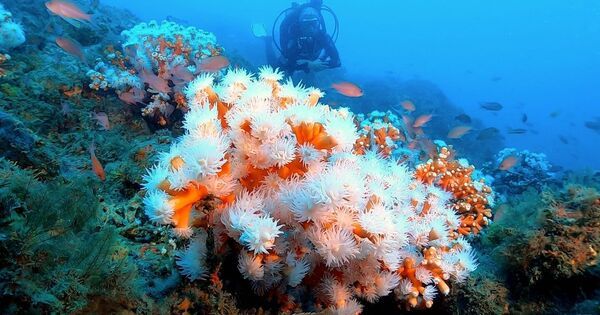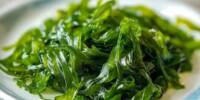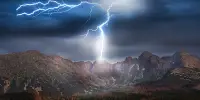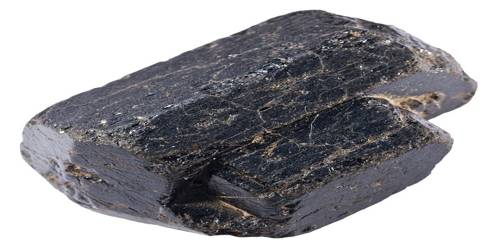Corals hunting for food in the cold, dark waters of the deep sea are building ever-higher mountains to get closer to their food source. However, by doing so, they risk becoming imprisoned when the climate shifts. This is demonstrated in the thesis that theoretical ecologist Anna van der Kaaden from NIOZ in Yerseke and the Copernicus Institute for Sustainable Development in Utrecht will defend at the University of Groningen. “When the water gets warmer, these creatures prefer to be deeper, but a coral doesn’t just walk down the mountain,” Van der Kaaden told CNN.
Deep and dark
Unlike the famed, bright tropical corals, cold-water corals exist in gloomy seas a few hundred meters deep, such as off the west coast of Ireland. They do not cohabit in the dark with the algae that give tropical corals their vibrant colors; after all, those algae require light. “But that certainly does not mean that cold-water corals are boring,” Van der Kaaden argues. “They can have gorgeous colors of their own. And they surely play an equally vital role in the environment as tropical reefs. For instance, they serve as food oases for fish. They play an important role in ocean ecosystems.”
When the water gets warmer, these creatures prefer to be deeper, but a coral doesn’t just walk down the mountain.
Van der Kaaden
Maze
Van der Kaaden researched both genuine reefs and ‘mathematical reefs’ in computational models. “In both cases, I attempted to identify the spatial patterns in which corals grow. This is fairly straightforward for the Australian Great Barrier Reef, for example, as their growth patterns can be seen from space. With cold-water corals, you must discern these patterns while going through a pitch-dark maze with only a little flashlight. However, using statistical approaches and video stills, we were able to obtain an overall image,” she adds. Her thesis, among other things, discusses the regular reefs, ridges, and mountains that corals develop over thousands of years.
Higher than the Eiffel Tower
Van der Kaaden also saw how the corals, as true ‘ecosystem engineers’, adapted their environment, especially the water current, to attract more food particles to themselves. “Over hundreds of thousands of years, the coral reefs form mountains that can grow higher than the Eiffel Tower. So, the corals get higher in the ocean, where there is more food, and those mountains also create water currents that transport the food to the mountain.”

Cold-blooded animal
The expectation is that if the water becomes too warm due to climate change, the corals will want to grow lower and colder. Van der Kaaden: “A cold-blooded animal like a coral uses up too much energy in warmer water. But a coral is an animal that is attached to the bottom, so it can’t just move down the mountain. It disperses through larvae, but for new corals, the food conditions on the flanks of a coral mountain are worse because of the specific flow patterns.”
Resilient
Van der Kaaden does not want to raise immediate concerns about the sustainability of cold-water corals in a changing environment. “Perhaps these species are more hardy than we realize, and if not, they may form new mountains or reefs somewhere. However, my goal with this research is to demonstrate that an organism’s response to climate change is not always predictable. There are numerous complex processes that present unanticipated challenges or possibilities. We, as a society, must consider this while planning for the implications of climate change.”
















